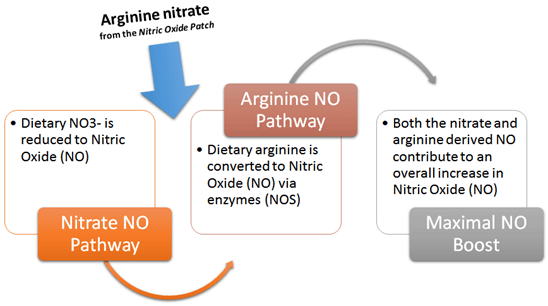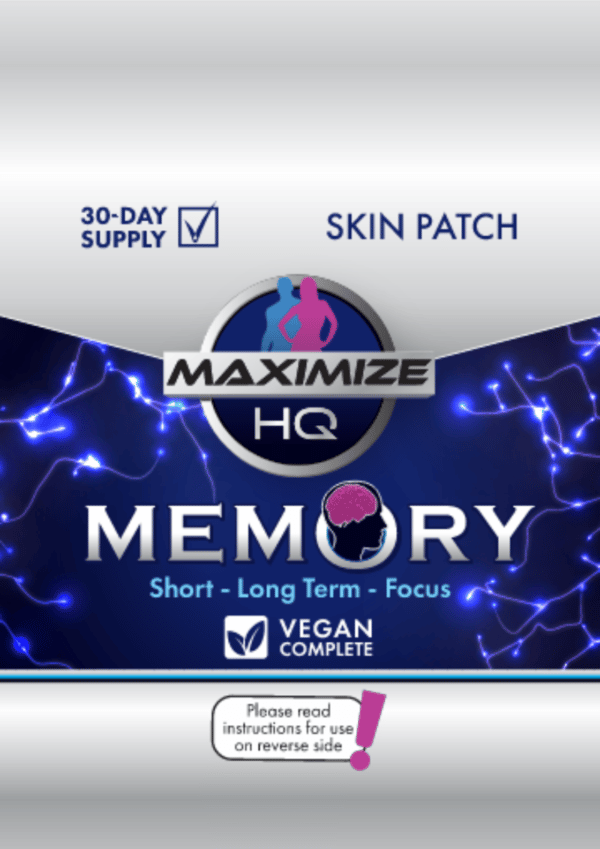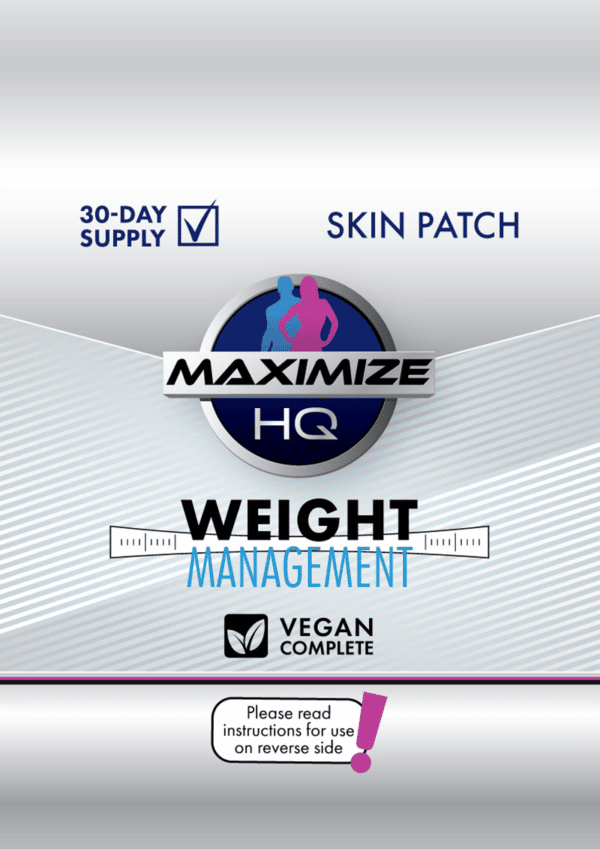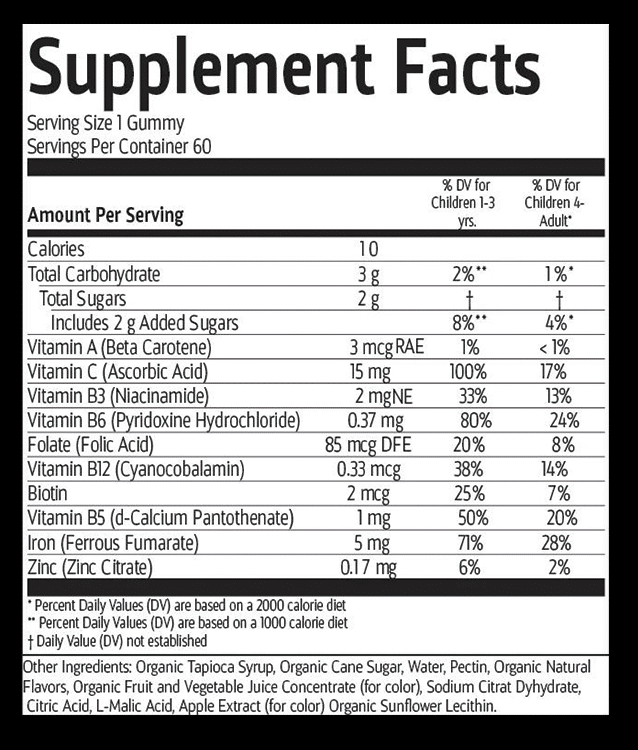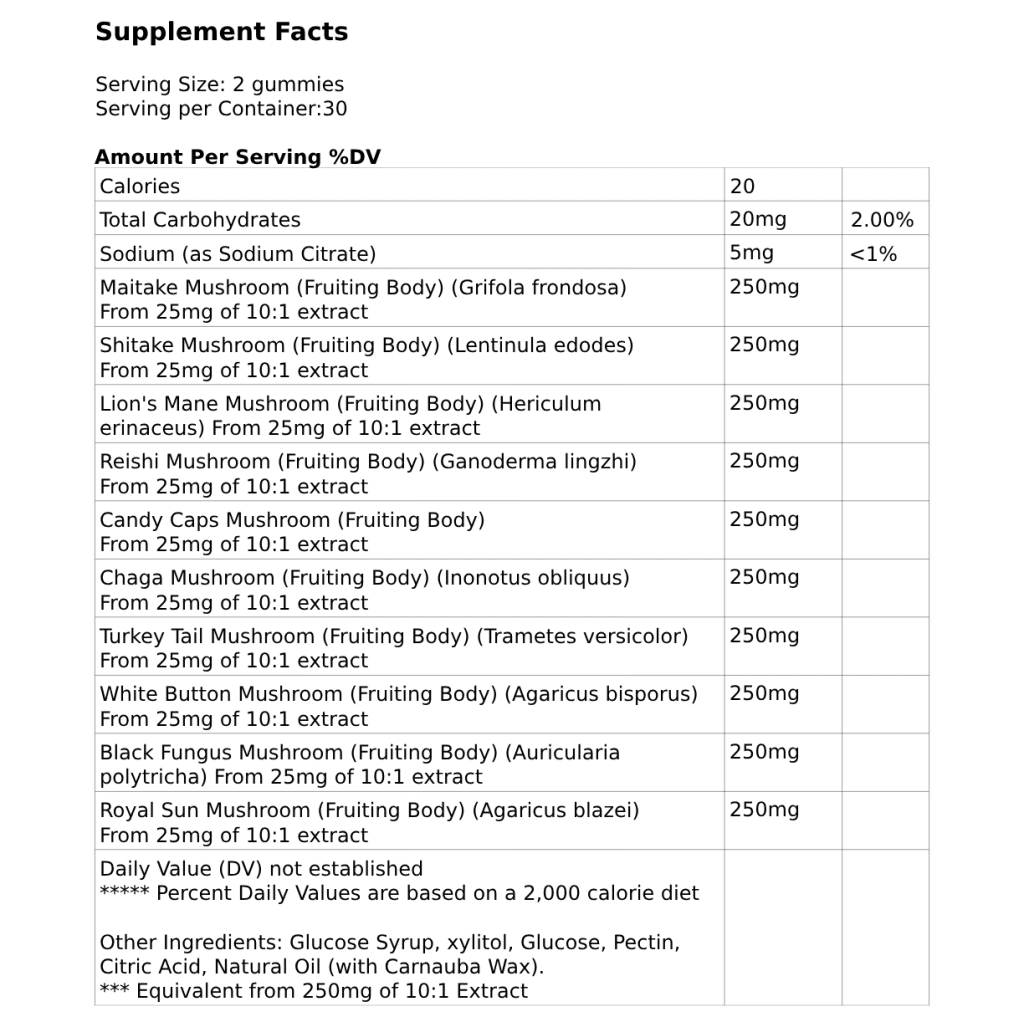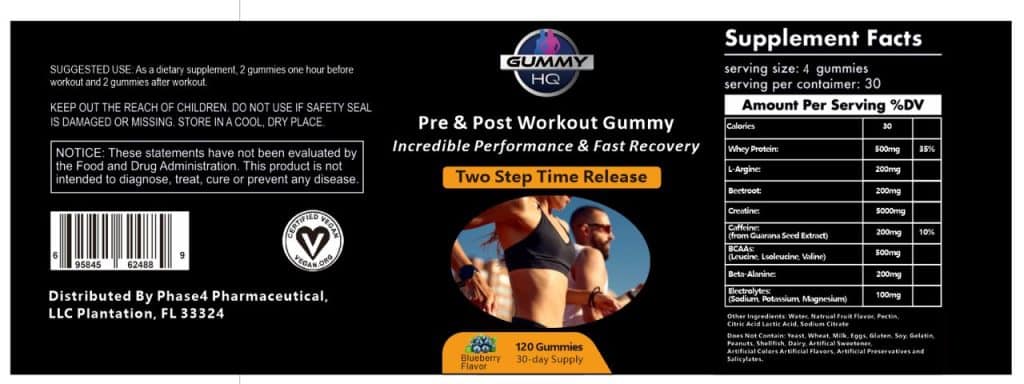Description
Maximize Nitric Oxide Booster Skin Patch
Directions For Use: Apply One Skin Patch For 8 Hours Daily: (30-Skin Patches – 30-Day Supply)
Nitric Oxide
More Nutrient Rich Blood To Your Muscles With No Additional Cardiac Demand
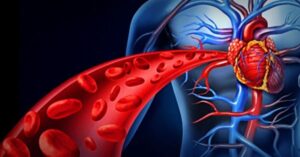
-
NO and your cardiovascular health: Nitric oxide helps you maintain and achieve normal blood pressure levels. Eventually, even the detrimental effects of smoking are partly mediated via the smoking-impaired reduction of endothelial nitric oxide synthesis (Barua. 2001).
Optimal NO levels will thus protect you from all the potentially fatal secondary diseases (heart disease, stroke, etc.) that have been associated with chronic hypertension (Haynes. 1993; Stamler. 1994).
-
NO and your immune system: Despite the fact that “today, there is no simple, uniform picture of the function of NO in the immune system” (Bogdan. 2001). There’s no doubt about the important role of nitric oxide in the maintenance and function of our immune system. It’s after all nitric oxide that’s used by our body’s pathogen police, the white blood cells, to attack viruses, bacteria, fungi, protozoa, helminths, and even tumor cells (MacMicking. 1997).
-
NO and your metabolic health: Next to the previously discussed health effects, nitric oxide has also been identified as an important regulator of glucose control. In this regard, NO’s ability to increase glucose transport in skeletal muscle (Balon. 1997) is particularly intriguing and could be great interest to both, athletes and sedentary, often overweight individuals (Bogdanski. 2012).
Some scientists even go so far as to speculate that the natural increase in NO production that occurs with acute and chronic training (Jungersten. 1997) may be partly responsible for the well-known exercise-induced improvements of blood glucose management. The impaired NO production in diabetics, on the other hand, is part of the vicious cycle that makes it so difficult for diabetics to normalize their glucose levels and lose weight.
-
NO and your brain / CNS health: Without nitric oxide our brains’ neurotransmitters system cannot function properly. Studies that used an NO-synthase inhibitor, which prevents the local conversion of precursor molecules as you can find them in our “Nitrix Oxide Booster” Patch to nitric oxide, found that a lack of nitric oxide production inhibits the release of neurotransmitters like serotonin, which makes you happy, and dopamine, which gets you going (Garthwaite. 1991; Yun. 1997). Needless to say that this may have far-reaching negative effects on how you feel and behave.
Nitric oxide is also heavily involved in the differentiation and regeneration of cells of our nervous system; and even though “the precise functions of NO in developing and regenerating neurons remain unclear” (Bredt. 1994), scientists know for sure that reduced nitric oxide levels as they occur with aging, diabetes and several other common ailments promote the progression of cognitive decline.
-
NO and your sexual function: It stands a nitric oxide mediated increase in vasodilation can have profound beneficial effects on male sexual function (Burnett. 1992; Toda. 2005). It’s thus not surprising that herbs and foods that improve the availability of nitric oxide have been used as ‘natural Viagra’ for centuries (Cormio. 2011; Bryan. 2015). Diabetes or smoking, on the other hand, mediate their ill effects on erectile function in men at least partly by their detrimental effect on penile nitric oxide synthase (Xie. 1997; Liu. 2015).

-
NO and your athletic performance: While the best-known effect of Nitric Oxide supplements within the fitness community is, as previously pointed out, their ability to increase “the pump”, the athletic / performance effects of powerful nitric oxide boosters like our “Nitric Oxide Booster” Patch go well beyond improvements of the way you look and feel during your workouts.
Figure 3: The reformulated nitric oxide patch feeds into both pathways, the arginine
NO pathway (classic) and the nitrate NO pathway to maximally boost your NO levels.
By feeding directly and without first-pass in the liver into the “arginine > nitric oxide”- and the “nitrate > nitric oxide”-pathways, the reformulated “Nitric Oxide Booster” Patch induces significantly more pronounced increases in NO production than any of the first generation arginine-only products you may have tried.
Figure 4: 10-km time-trial performance of 10 trained cyclists with (A) individual data and
(B) mean power output after 6 days on either nitrate or placebo supplement (Cermak. 2012).
The corresponding increases in nitric oxide production are profound enough to trigger increases in performance not just in sedentary and moderately trained individuals (cf. Besco. 2012), but also in highly trained individuals whose NO production is naturally elevated (Jungersten. 1997; Cermak. 2012 | cf. Figure 4).
References:
Balon, Thomas W., and Jerry L. Nadler. “Evidence that nitric oxide increases glucose transport in skeletal muscle.” Journal of Applied Physiology 82.1 (1997): 359-363.
Barua, Rajat S., et al. “Dysfunctional endothelial nitric oxide biosynthesis in healthy smokers with impaired endothelium-dependent vasodilatation.” Circulation 104.16 (2001): 1905-1910.
Besco, Rauúl, et al. “The effect of nitric-oxide-related supplements on human performance.” Sports medicine 42.2 (2012): 99-117.
Bogdan, Christian. “Nitric oxide and the immune response.” Nature immunology 2.10 (2001): 907-916.
Bogdanski, P., et al. “Effect of 3-month L-arginine supplementation on insulin resistance and tumor necrosis factor activity in patients with visceral obesity.” Eur Rev Med Pharmacol Sci 16.6 (2012): 816-823.
Bryan, Nathan S. “The Importance of Nitric Oxide for Sexual and Exercise Performance and its Role in Adenosine Triphosphate Production.” Anti-Aging Therapeutics Volume XVI 16 (2015).
Burnett, Arthur L., et al. “Nitric oxide: a physiologic mediator of penile erection.” Science 257.5068 (1992): 401-403.
Cormio, Luigi, et al. “Oral L-citrulline supplementation improves erection hardness in men with mild erectile dysfunction.” Urology 77.1 (2011): 119-122.
Fu, Wenjiang J., et al. “Dietary L-arginine supplementation reduces fat mass in Zucker diabetic fatty rats.” The Journal of nutrition 135.4 (2005): 714-721.
Garthwaite, John. “Glutamate, nitric oxide and cell-cell signalling in the nervous system.” Trends in neurosciences 14.2 (1991): 60-67.
Haynes, William G., et al. “Inhibition of nitric oxide synthesis increases blood pressure in healthy humans.” Journal of hypertension 11.12 (1993): 1375-1380.
Jungersten, Lennart, et al. “Both physical fitness and acute exercise regulate nitric oxide formation in healthy humans.” Journal of Applied Physiology 82.3 (1997): 760-764.
Liu, Chunhui, et al. “Endothelial Nitric Oxide Synthase Polymorphisms and Erectile Dysfunction: A Meta‐Analysis.” The journal of sexual medicine (2015).
Liu, Donald, et al. “UVA irradiation of human skin vasodilates arterial vasculature and lowers blood pressure independently of nitric oxide synthase.” Journal of Investigative Dermatology 134.7 (2014): 1839-1846.
MacMicking, John, Qiao-wen Xie, and Carl Nathan. “Nitric oxide and macrophage function.” Annual review of immunology 15.1 (1997): 323-350.
Mani, Shailaja K., et al. “Nitric oxide mediates sexual behavior in female rats.” Proceedings of the National Academy of Sciences 91.14 (1994): 6468-6472.
Stamler, Jonathan S., et al. “Nitric oxide regulates basal systemic and pulmonary vascular resistance in healthy humans.” Circulation 89.5 (1994): 2035-2040.
Toda, Noboru, Kazuhede Ayajiki, and Tomio Okamura. “Nitric oxide and penile erectile function.” Pharmacology & therapeutics 106.2 (2005): 233-266.
Xie, Yining, et al. “Effect of long-term passive smoking on erectile function and penile nitric oxide synthase in the rat.” The Journal of urology 157.3 (1997): 1121-1126.
Yun, H. Y., V. L. Dawson, and T. M. Dawson. “Nitric oxide in health and disease of the nervous system.” Molecular psychiatry 2.4 (1997): 300-310.





